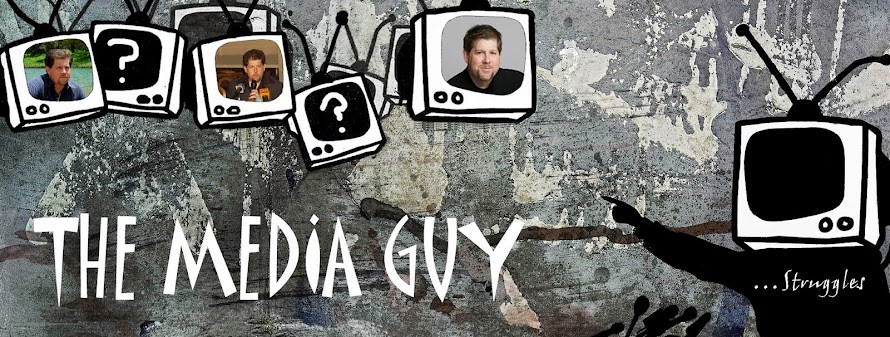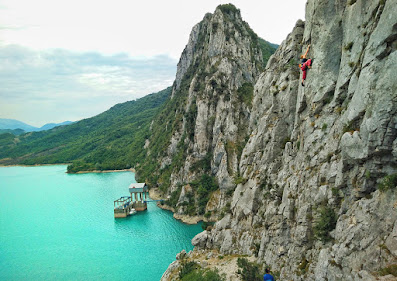Okay, so where am I?
I’m at the keyboard trying to put a dent in my sixth or seventh book. This could be either one since I have the “memoir’ book and the photography book in motion simultaneously. When I say “in motion” I really mean moving at a snail’s pace. Heck turtles move faster on a hot summer’s day. Yet I digress…
The memoir book, aptly called “Behind the Mike: Mostly True Stories from the Media Guy”, has been a 10-year journey to tell my weird stories from the agency days where Mad Men were taken down a notch in the days before the short-lived #MeToo movement. I was inspired by the great Mary Lawrence and her book “A Big Life In Advertising”. I started writing it on the 24-hour hours of flights on my way to Malaysia in 2012 and now it has ballooned into 1,000 page of literary anarchy. Time to trim the fat off these pages for sure.
Typewriter inspiration for the Great American Novel can spring from many diverse birthplaces. It can spark from a pithy sentence spoken by a close friend, suddenly spurring on an analogy, and then question followed by a thought and then all of the sudden a book idea is birthed. It can come in the form of an overheard conversation in the peaceful spot of your local coffee cafe—remember when we could write our novels and screenplays at Starbucks?—a unique situation that supplies the creative for your protagonist. It can come from a walk in the supermarket, an afternoon at the movies, a night on the town, or even a particularly curious seatmate on plane. (Remember what it was like to sit next to someone interesting on a plane an actually understand what they are saying with a mask muffling all of the nuanced conversation into the vapor?)
 |
| Whitby Abbey / "Dracula" |
Whitby Abbey
“Dracula’
Whitby Abbey, located in Yorkshire, England (no, not the infamous Transylvania and trust me, not worth the long drive from Bucharest to see Dracula’s Castle) is the locale that provided the muse for the classic novel “Dracula”. Bram Stoker was visiting Yorkshire in 1890 when he stumbled upon the decaying ruins of the 7th Century Christian Monastery and he found the Gothic architecture so haunting that it became the genesis for this classic tale. The structure still stands today and as the fog sets into the town looming below and the waves of the North Sea crash against the shore… well, one can see why he chose it.
“Wuthering Heights”
This decaying farmhouse in West Yorkshire, England is said to have provided some inspiration for the novel Wuthering Heights. Although physically the farmhouse doesn’t bear much resemblance to the family home in Emily Bronte’s novel, there is a plaque affixed to the ruins indicating that the farmhouse bears an association with the book. This countryside is said to have worked its magic on many writers including Bram Stoker.
In 1876, “The Adventures Of Tom Sawyer” was published and put author Mark Twain in the literary map of the world. It was a novel that was so ahead of its time in that it was filled with meaning and symbolism, aside from being engaging and fun to read. It was a story about the titular mischievous young boy, who wittingly tricked his way to get everything he wanted.
In Twain’s hometown of Hannibal, Missouri sits a small cave that soon became McDougal’s Cave. Today the former McDowell Cave was renames to honor the great work of the renowned author.
“The Great Gatsby”
“I want to write something new, something extraordinary and beautiful and simple and intricately patterned.”
- F. Scott Fitzgerald in a letter in 1922, as he began to write the novel which became “The Great Gatsby”
Sands Point, NY, a small village along the north shore of Long Island, provided the inspiration for Easter Egg in “The Great Gatsby” in the form of a French Normandy-style mansion, which was once owned by Fitzgerald’s friend Mary Harriman Rumsey.
“Fitzgerald’s Latest A Dud” was The New York Times’ headline for the review of Gatsby in 1925. At the end of Fitzgerald’s life, at the age of just 44, his publisher still had many copies of the first edition gathering dust in a warehouse. “My God, I am a forgotten man,” Fitzgerald wrote to Zelda when The Great Gatsby ceased to be published by The Modern Library. It seemed everyone had neglected his work.
 |
| "The Great Gadsby" Mansion |
“Persuasion”
 |
| Bath, England |
Jane Austen resided in Bath, England from 1801 to 1806 and this town became the setting for her novel "Persuasion". Not only was the town the center of fashion and nobility in the early 19th century, but it also became the location where her characters socialized, attended balls, and attempted to arrange marriages. Many of Bath’s addresses are included in the novel and Bath itself still pays homage Austen with events like the Jane Austen Ball and the Jane Austen Festival.
“The Shining”
Stephen King’s stimulus for his haunting novel “The Shining” came in the form of a precarious hotel in Colorado's Estes Park. King’s stimulus for his haunting novel “The Shining” came in the form of a precarious hotel in set below steep mountains. King and his wife Tabitha checked into The Stanley Hotel in Estes Park, Colorado, on October 30th, 1974. Having recently written Carrie and Salem’s Lot, two novels set in the writer’s home state of Maine, King needed a change of scenery to get his inspiration going. In another somewhat obscure fun fact, the hotel’s on-site pet cemetery served as inspiration for another successful King novel, "Pet Semetary".
The ghostly hotel fueled King’s idea process and the pressure to perform had him on edge to create a masterpiece. He was under a self-imposed deadline due to the fact that he had to pay for his room each additional night in which he did not find the right idea. The fact is, that this combination of stress and inspirational atmosphere was the perfect concoction in order for him to create one of the most notable novels in history.”
 |
| (c) The Stanley Hotel |






































